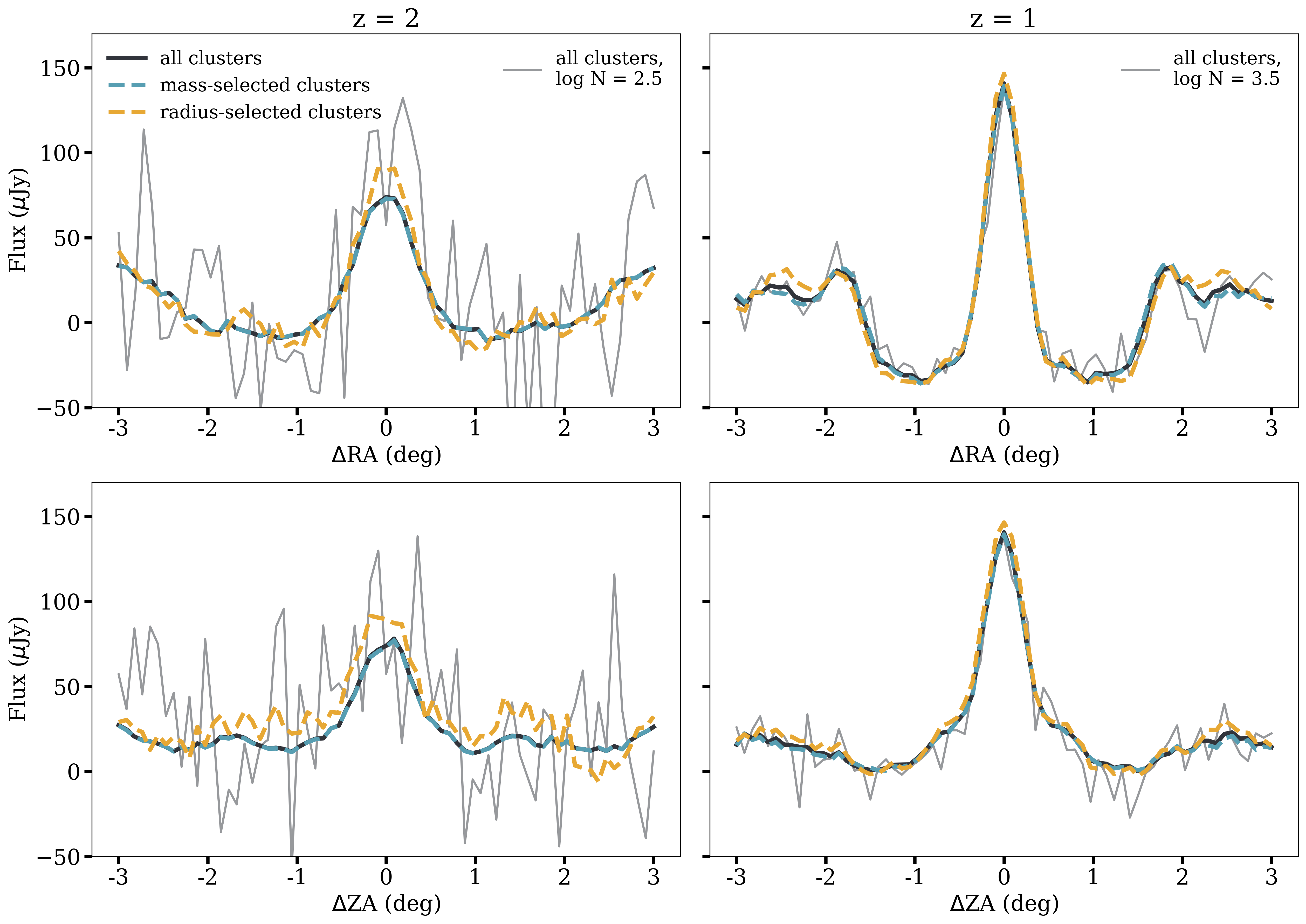CHIME as an Instrument for Studying Galaxy Evolution

The Canadian Hydrogen Intensity Mapping Experiment (CHIME) is an all-northern sky 21 cm intensity mapping experiment, designed to study the expansion history of the universe between z = 2.5 and z = 0.8. This epoch is also inherently interesting for star formation, encompassing both Cosmic Noon, the peak of star formation in the universe, and the substantial (and rather rapid) increase in the quenched fraction of galaxies in its wake. CHIME’s sensitivity to the faint, but ubiquitous signal from neutral atomic hydrogen allows it to measure galaxies’ gaseous reservoirs during this interesting period in cosmic history.
Galaxy clusters are some of the most crowded environments, where the first galaxies form with the help of the massive host halos; they are also the sites of the some of the earliest and most active star formation. At low redshift, though, star formation has largely ceased in clusters due to gravitational interactions and strong feedback that deplete the cold, dense gas necessary for stars to form. CHIME’s low angular resolution allow for measurements of the integrated HI reservoir on cluster scales.
In this paper, we find that CHIME can recover the (average) mass of the HI reservoirs in galaxy clusters during this interesting epoch. By stacking on N > 100 clusters (consistent with the expected size of high redshift spectroscopic catalogs in the coming years and the current size of cluster catalogs with photo-zs at z > 1), it should be possible to accurately estimate the average HI flux (and so average HI mass) of the stacked sources. This can be done for clusters at different redshifts and/or with different selection criteria to study the reservoir of star-forming gas in these dense environments.
Code, beams, maps, and catalogs will be made available here once the paper is accepted.